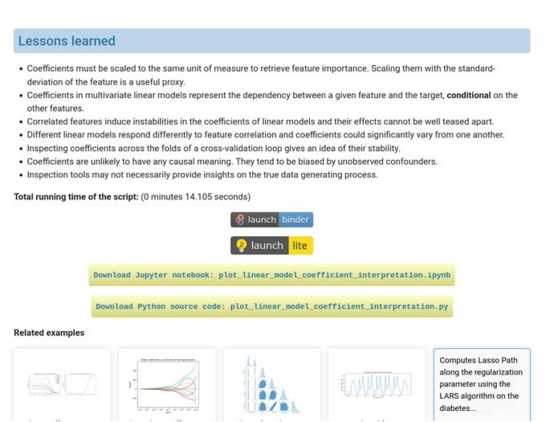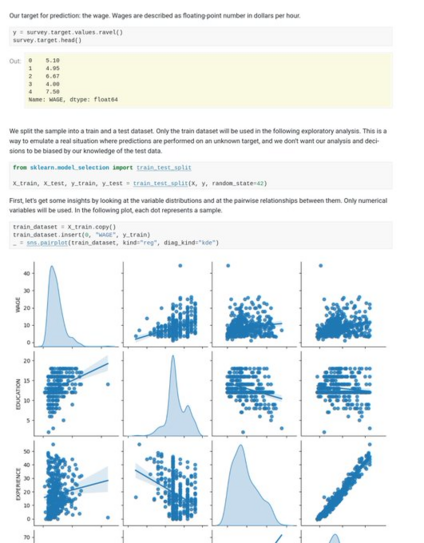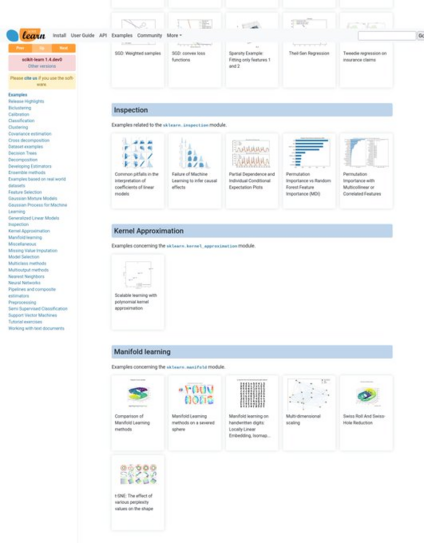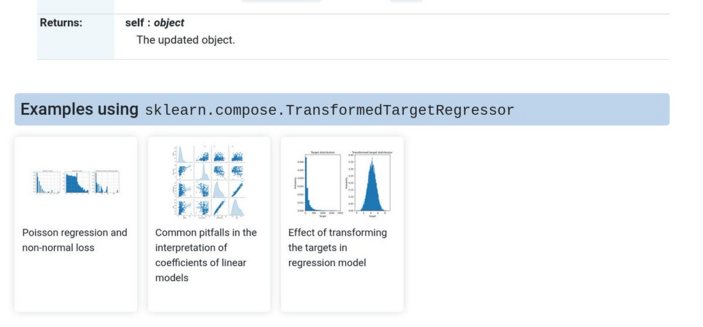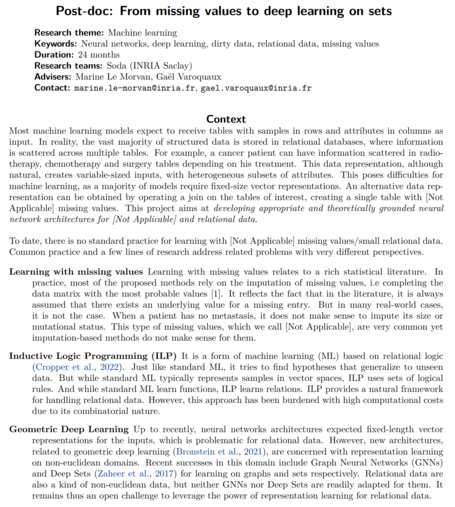Pleased to share my latest research "Zero-shot counting with a dual-stream neural network model" about a glimpsing neural network model that learns visual structure (here, number) in a way that generalises to new visual contents. The model replicates several neural and behavioural hallmarks of numerical cognition.
#neuralnetworks #cognition #neuroscience #generalization #vision #enactivism #enactiveCognition #cognitivescience #CognitiveNeuroscience #computationalneuroscience
Zero-shot counting with a dual-stream neural network model
Deep neural networks have provided a computational framework for understanding object recognition, grounded in the neurophysiology of the primate ventral stream, but fail to account for how we process relational aspects of a scene. For example, deep neural networks fail at problems that involve enumerating the number of elements in an array, a problem that in humans relies on parietal cortex. Here, we build a 'dual-stream' neural network model which, equipped with both dorsal and ventral streams, can generalise its counting ability to wholly novel items ('zero-shot' counting). In doing so, it forms spatial response fields and lognormal number codes that resemble those observed in macaque posterior parietal cortex. We use the dual-stream network to make successful predictions about behavioural studies of the human gaze during similar counting tasks.
